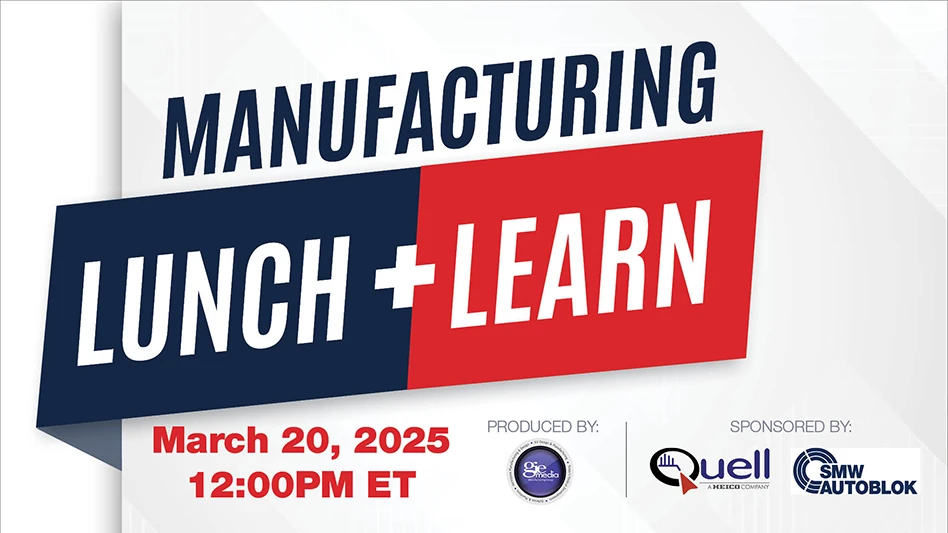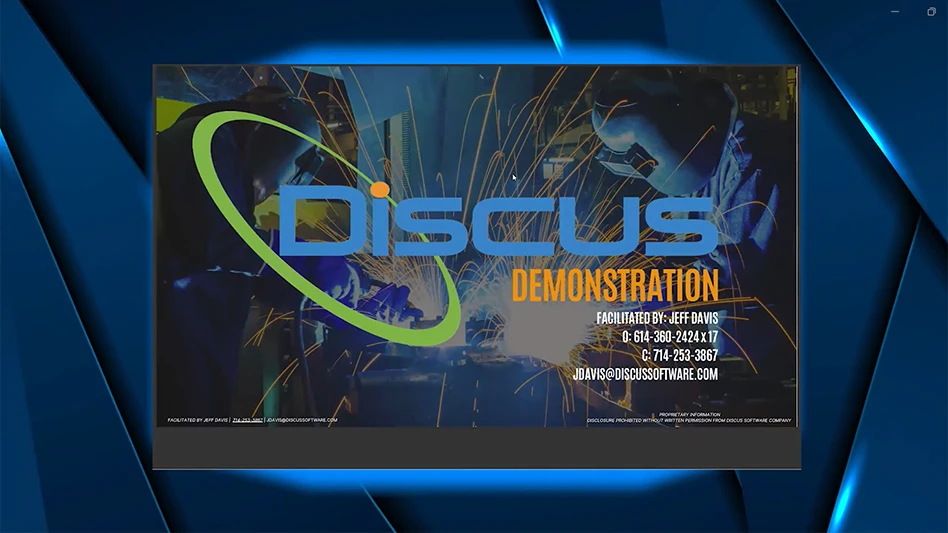Okuma announced a change in their leadership on April 1, 2011 with Larry Schwartz becoming the chief strategy officer and Jim King accepting the role of president and chief operating officer. After the press conference, I was able to speak with both Schwartz and King on some of Okuma’s recent events.
AMD: First, our staff offers our sympathies to Okuma and their families in regards to the recent tragedies in Japan. How have these events affected Okuma and their operations? Has it affected lead times?
Schwartz: We appreciate everyone’s concern for our Japanese members and the Japanese people in general. The Okuma operations were basically unaffected by the events of March 11, and, as of now, have had no affect on lead times. We have many Japanese customers who have experienced problems and Okuma Japan is working to get them up and running as soon as it is feasible.
AMD: What will your new role with Okuma entail?
Schwartz: My new role as the CSO of OAC is to focus my time and energy on the future of Okuma in North and South America. I have been asked to create a road map of the future direction of our company. This will include, but is not limited to the following areas:
- Specific market needs
- New product requirement
- Product features and benefits
- New manufacturing solutions
- Expanding Partners in THINC
- Training tools and facilities
- Unified Okuma image
- Brand awareness
AMD: How was 2010 for Okuma, and what do you see in 2011 and beyond?
King: Well, 2010 ended up being a much better year than anyone originally anticipated. The economic recovery accelerated in the last half of the year and we are reaping the benefits of that. For 2011, I envision that the industry as a whole will continue to be inventory-challenged, but we are in a position to deliver machines throughout the year and help manufacturers meet their production needs.
King: This was actually driven by our distributors since we do not supply the commodity market. Okuma America is really not involved. The distributors are providing the support required for the OSP control.
AMD: THINC currently added Blum and Command Tooling Systems to their list of more than 30 partners, what is the future for THINC?
Schwartz: Partners in THINC actually has 37 partners now and we expect that number to grow. However, all the Partners have one thing in common – a commitment to deliver manufacturing solutions that improve productivity, quality, and profitability. The concept, or idea, is expanding as you can see through other companies’ attempts to build something similar, but no other group can leverage the THINC control. Manufacturers continue to need multi-faceted solutions and the builder should be prepared to deliver those fully-developed solutions.
AMD: Okuma currently has seven training facilities within the United States. Can you talk about what Okuma has done to expand on education and training?
Schwartz: One of the biggest challenges facing manufacturing today, and specifically in the machine tool world, is finding qualified operators, technicians, and programmers. If the issue is not addressed, jobs will continue to move offshore and it will become almost self-perpetuating. Our culture has become so focused on the four-year degree that we have neglected to build the stable of highly trained and qualified people it takes to really run a manufacturing floor. To make a training program successful, we have to train the students on today’s equipment, not decades-old machinery that no one else wants. It will take technology investments as well as development of the talent pool to get us where we need to be. We have invested time, talent, money, and equipment to help attract students to these facilities and prepare them to run our machines now and in the future.
AMD: Can you talk about Okuma’s need to implement Constant CARE, and what customers can expect?
Schwartz: I think it is a must that builders provide some effective method to service their products remotely. To provide access for service 24 hours a day, 365 days a year is a must. Developing the ability to predict possible failures before they happen is a must – using sensing technology to create a foot print of when the machine is first installed and a method to review changes remotely in those conditions to insure maximum planned availability.
AMD: During the press conference, it was mentioned there would be some new announcements coming soon. Would you like to make an announcement here?
King: On April 11, 2011 Okuma launched a new, web-based, interactive marketing and training tool that really focuses on the challenges that manufacturers face on a daily basis. The tool incorporates new technology that allows a user to input information and receive a customized manufacturing presentation – complete with ideas on how to improve productivity through the use of various technologies. It is designed to highlight some low-hanging fruit within a production facility and offer currently available solutions to achieve incremental improvements. Okuma is only the second company in the States to employ this specific technology and we believe it will open a lot of people’s eyes to the possibilities of process improvements. You can experience this at mikedavis.okuma.com.
Okuma America Corp.
Charlotte, NC
okuma.com
Get curated news on YOUR industry.
Enter your email to receive our newsletters.
Explore the May June 2011 Issue
Check out more from this issue and find your next story to read.
Latest from Aerospace Manufacturing and Design
- Ralliant to establish global headquarters in North Carolina
- Philatron MIL-DTL-3432 military cables
- Beyond Aero refines its hydrogen-electric light jet
- Americase's advanced protective solutions
- Social media - what are your thoughts
- GE Aerospace secures Air Force engine contract
- Thomson Industries' online sizing and selection tool
- #53 - Manufacturing Matters - 2024 Leaders in Manufacturing Roundtable








